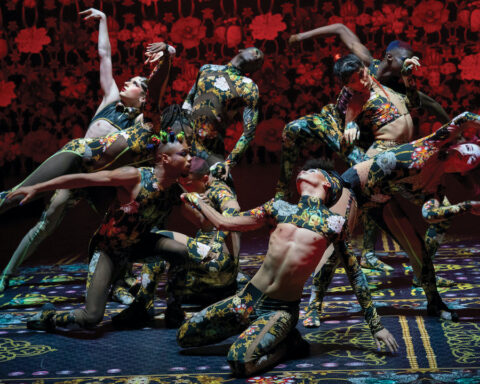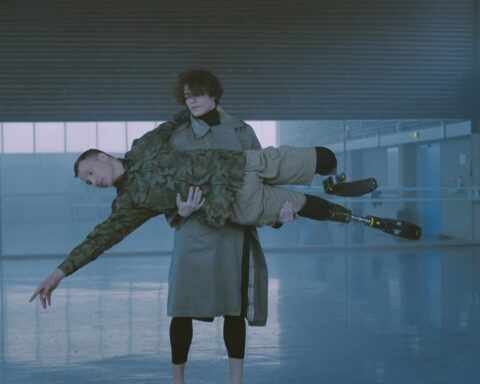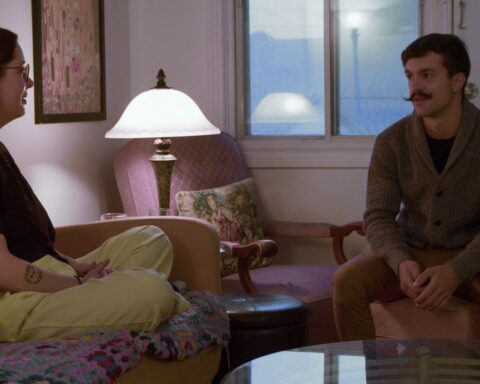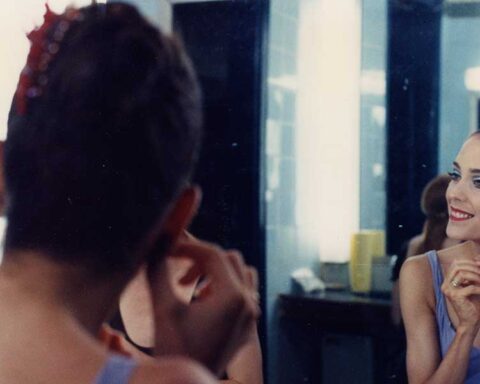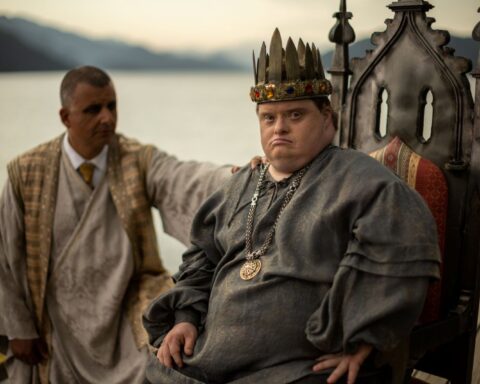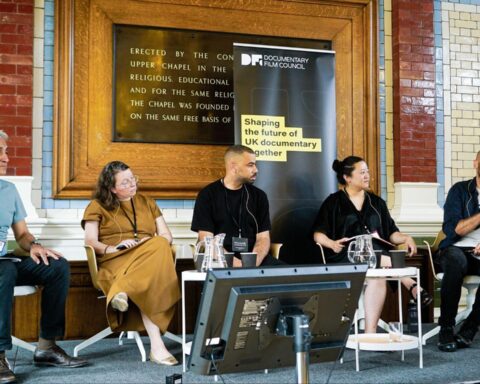All These Sleepless Nights
(Poland, 90 min.)
Dir. Michal Marczak
Polish filmmaker Michal Marczak’s All These Sleepless Nights, which picked up the World Cinema Documentary Award at Sundance 2016, has been getting mostly favourable attention for evaporating distinctions between documentary and fiction, its cinematic technique, and the experience the film offers. The jury said, “This filmmaker made a visually stunning film with unique vision. We feel the director is pushing the art of nonfiction into brave new territories.”
In Marczak’s film, Kris and Michal are best buddies who, like many people in their early twenties, are committed hedonists throwing themselves wholeheartedly into Warsaw’s apparently small rave scene. The entire movie consists of the two dudes, who have mastered 21st century casual chic, gliding through nighttime parties and early morning winding down sessions. Fuelled by coke and other drugs, they goof, giggle, and play chicken with traffic and passing trains. Naturally, they check out girls at the parties, and much of the action depicts Kris’s hookup with the high-spirited gamine Eva, who happens to be Michal’s ex.
Did this vaguely Jules and Jim situation really happen in the lives of Krzysztof Bagiński, Michał Huszcza and Eva Lebuef, or was it invented for the film? According to one of the producers at a Q&A following an RIDM screening, Marczak and the other principals have zero interest in distinguishing between doc and fiction. Their goal was to trigger certain emotions via cinema, no matter the mode in play. In fact, partly because families would be seeing the film’s unapologetic portrayal of its characters trippy activities, All These Sleepless Nights was released in Poland as fiction.
The film starts on a rooftop as Kris gazes out at a stunning fireworks display while musing in voiceover about memory and the intensity of certain moments. Sleepless Nights pushes the idea that our most pulsating memories are of our experiences as twenty-somethings. The fireworks display sets up the idea behind the whole project: people living for flash and colour, for tripping out into techno Nirvanas.
The action unfolds on rooftops, parks, a swanky high-rise apartment, and a beach, which is the setting for the movie’s most entrancing sequence: an epic, smoky rave with a multitude of ravers, cut to Caribou’s I Can’t Do Without You.
Throughout the film, Kris continues to muse in voiceover, and he engages in numerous discussions with Michal about memory, love, loneliness, and life in general, a bit like youths in an Éric Rohmer movie, or Gaspar Noé’s Love. (Unlike the sexually explicit Love, sexual encounters in Sleepless Nights are only hinted at, and there’s only one fleeting moment of nudity.)
The visuals, many created with Steadicam and computerized gimbal, are striking, but the dialogue is reminiscent of being at a party overhearing talk that doesn’t exactly shoot off sparks. At one point, a character says, “Stop thinking so much”—a line that reminds you of the far more dynamic energy of Stop Making Sense.
Overall, All These Sleepless Nights is a trippy, sensory item on the verge of being a dance film. But unlike Marcello Mastroianni, who gets seduced by party after party in Fellini’s La Dolce Vita, we don’t get much sense of dramatic turmoil in Kris and Michal. Moreover, the film never invokes the impact of Poland’s Communist past or the oppressive right-wing nationalism of the current Law and Justice Party.
As for the dancing, the trailer for Michael Winterbottom’s 24 Hour Party People hypes, “The birth of rave culture. This is the moment when even the white man starts dancing.” Kris and Michal are white men who love to dance to their beloved techno, but with arm flapping, self-conscious moves that can seem robotic. Their moves reminded me of something a Jamaican friend of mine said to me, “White people dance like crabs.”




